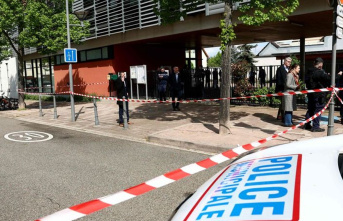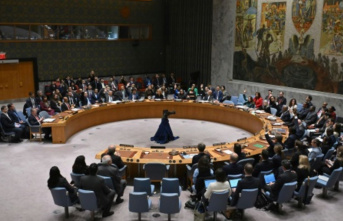As e-mobility continues to gain momentum, there are still unanswered questions under the seats of electric cars. The more electric vehicles that are on the road, the more lithium-ion batteries are needed. And with it more raw materials - and solutions for what happens to used batteries. One answer to both problems: battery recycling. From the perspective of research, however, the perfect process that is suitable for series production does not yet exist.
The Berlin Öko-Institut estimates the amount of batteries that are used in electric cars every year at around 100,000 tons. In ten years it will be a million tons. Compared to this, the recycling plans of the big car manufacturers sound small at first: Volkswagen has been testing processes in Salzgitter for two years and wants to aim for annual recycling capacities of 1500 tons there. And Mercedes-Benz is currently building a factory together with the battery recycler Primobius in Kuppenheim, Baden-Württemberg, with a capacity of 2500 tons - laying of the foundation stone on Friday.
The batteries currently installed in cars will still be in use for a while. The car manufacturers do not expect a larger number of returns until the end of the decade. In addition, the batteries should first be given a so-called second life, for example as stationary electricity storage. Until the batteries from the production vehicles have finally reached their end of life, batteries from test vehicles and prototypes in particular are to be recycled. And recycling companies outside the automotive industry are also slowly increasing their capacities.
Welded batteries are difficult to break open
But there are still obstacles. "Currently, the batteries are anything but designed to be recycling-friendly," criticizes the physicist Kai Peter Birke, who researches battery recycling at the University of Stuttgart and the Fraunhofer Institute for Manufacturing Engineering and Automation. The first step in recycling is to dismantle battery cells into their individual parts. According to the scientist, however, this is not so easy because cell connections are firmly welded, for example.
In addition, the structure of battery cells varies depending on the manufacturer. The lack of standardization prevents dismantling suitable for series production. The big challenge for the future is to automate such a process. Mercedes wants to start with this this year, at least as far as dismantling is concerned.
In the second recycling step, there are various ways in which the valuable raw materials can be extracted from the individual battery parts, says Birke. The processes can be roughly divided into two categories: on the one hand, so-called pyrometallurgical processes, in which the substances are melted at high temperatures, and on the other hand, hydrometallurgical processes, in which the substances are dissolved out in aqueous solutions by adding chemicals.
Solvents are harmful to the environment
Mercedes and Primobius rely on hydrometallurgy. According to a Mercedes spokeswoman, the advantage is that a high recycling rate is achieved and no CO2 is emitted. Environmental expert Jürgen Sutter from the Öko-Institut also sees a lower energy requirement in this procedure than in melting down.
However, there are also disadvantages that the industry is reluctant to point out: the systems use organic solvents that should not be released into the environment. It could also happen that corrosive hydrofluoric acid is produced. "At the very least, it poses major challenges," says Sutter, referring to the hydrometallurgical process. According to a spokesman for Primobius, hydrofluoric acid is not an issue in the Mercedes recycling plant due to the specific chemical process used.
Currently only low recycling rate
According to experts, the raw materials that can be obtained through recycling are primarily copper, aluminum, nickel, cobalt and possibly lithium. Typical recovery rates vary by material, according to Sutter. In the case of nickel and cobalt, they are between 90 percent and 95 percent. Energy researcher Birke emphasizes that high recycling rates have so far only been possible under laboratory conditions. For mass production, he estimates cautiously: "We're maybe closer to 50 to 60 percent."
The recycling quotas are also an issue of the new EU battery regulation, the draft of which is currently being discussed. This wants to set minimum quotas for certain materials. In addition, the legal obligation for car manufacturers to take back batteries puts pressure on the boiler. Regardless of quotas and challenges, the main thing for environmental expert Sutter is that recycling takes place at all. Because to get new raw materials from the ground is very expensive. "It is therefore the case that each recycling significantly improves the ecological balance of a battery," says Sutter.











